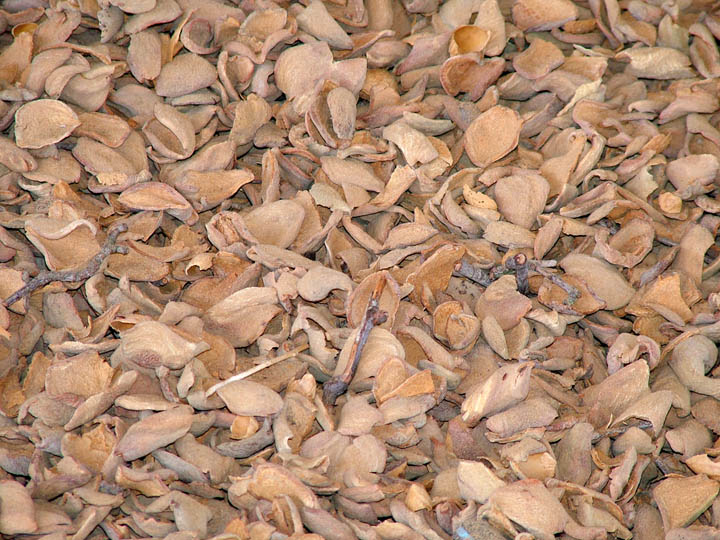
Late-spring, summer disease management
critical for almonds
From post-petal-fall and into summer, almond trees are particularly vulnerable to damage from diseases that lead to yield and quality losses at harvest. Diseases that are prevalent at this stage of crop development have been on the increase as new planting patterns and cultural practices favor denser canopies, creating more humidity.
March 4, 2011

From post-petal-fall and into summer, almond trees are particularly vulnerable to damage from diseases that lead to yield and quality losses at harvest. Diseases that are prevalent at this stage of crop development have been on the increase as new planting patterns and cultural practices favor denser canopies, creating more humidity.
Plant pathologist Jim Adaskaveg, UC Riverside, discussed the most recent research on techniques and tools for managing foliar and fruit diseases at the 2010 Almond Industry Conference, and described how some of the newer products fit in a management program.
For almond leaf rust, good control was provided by premixtures applied in a rotation program, with two or three applications in late April, May and June. Mixtures that included a QoI compound (such as Abound, Adament, Quadris Top, Quilt Excel and Pristine), the DMIs (Quash, Tilt, Inspire) or Ph-D were effective fungicides. Chlorothalonil (Bravo and others) was also highly effective, but can be applied only up to 150 days from harvest. Efforts are being made to reduce the preharvest interval (PHI).
Resistance to the QoI fungicides and the SDHI fungicides by the scab organism continues to develop, and resistance to other single-site mode-of-action fungicides, such as the DMIs, could also develop. The following resistance-management program is recommended to control scab, especially in problem orchards:
A delayed-dormant spray of copper and oil, which reduces sporulation from overwinter lesions.
Two post-petal-fall treatments with chlorothalonil, mancozeb, captan or ziram (which are all multisite fungicides with a low potential for resistance development). These should be made around twig infection sporulation, between two and five weeks after petal fall. Note that the long PHI of chlorothalonil may limit its use to the first of these two sprays.
To prevent further development of resistance, QoI and DMI fungicides should not be used as stand-alones for in-season treatments for scab, but may be used in a rotation or in mixtures.
Field resistance to the QoI fungicides by the Alternaria leaf spot fungus is common, while resistance against the SDHIs (boscalid, fluopyram and others) has been noted. Begin treatments with petal-fall applications that include Rovral and Bravo. In the late-spring/early-summer window, and depending on the disease severity model results, make applications with other effective products. Registered products now include Inspire, Quash, Quilt Excel, Ph-D, Inspire Super and Quadris Top. Use these materials strictly in rotation and in mixtures.
Go to AlmondBoard.com/ResearchReports to view the posters on this subject that were displayed at the Almond Industry Conference.
You May Also Like



